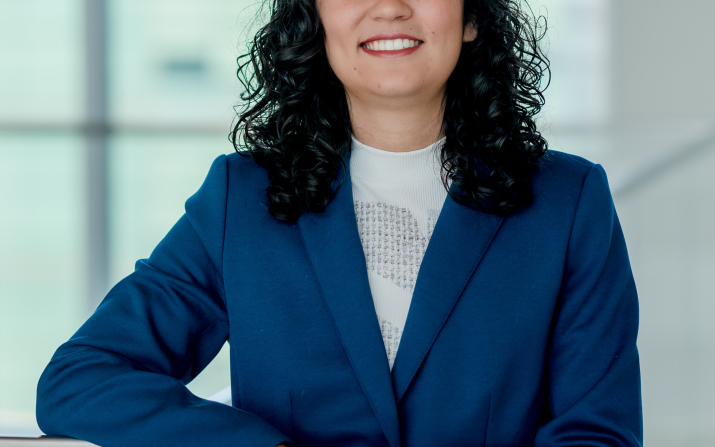Chirag Kharangate receives prestigious award from the ASME
Case Western Reserve University-led research team awarded $4M federal grant to develop ArgoPV—a generative AI to improve lifecycle of solar energy systems
Spartan Showcase: Daniel Clare
Summer Spotlight: Joseph Ahmed
New Faculty Spotlight: Xiaotian Han
New Faculty Spotlight: Hamid Charkhkar
Meet the engineering diversity liaison Lauren Biddlecombe
New Faculty Spotlight: Ana G. Hernandez Reynoso
New Faculty Spotlight: Andrew Watkins
New Faculty Spotlight: Chengyu Li
New Faculty Spotlight: Neamul H. Khansur
New Faculty Spotlight: Luke E. Osborn
New Faculty Spotlight: Peng Wang
New Faculty Spotlight: M. Hassan Najafi














